Understanding Injection Molded Parts
What are Injection Molded Parts?
Injection molded parts are produced through a process where molten plastic is injected into a mold to create a wide variety of parts and components. This technique is perfect for high-volume production and is fundamental in industries ranging from automotive to consumer electronics. The key to this process’s efficiency lies in its ability to produce complex shapes with precise dimensions, minimal waste, and rapid turnaround times. The molded parts can be made from numerous materials and can feature diverse finishes, making them incredibly versatile. If you are looking to delve deeper into the specifics of injection molded parts, you will find a vast array of possibilities in terms of design and application.
History and Evolution of Injection Molding
Injection molding dates back to the mid-19th century when it first emerged as a solution for producing buttons using a hand-operated apparatus. Over the decades, this process has undergone significant transformation. In the 1930s, chemical engineers began to further refine the technology, leading to the development of synthetic materials like Bakelite, which enabled mass production of products. The introduction of thermoplastics in the 1950s marked another significant milestone, allowing for the injection molding process to become more accessible and efficient. As industrial demands grew, modern advancements, including computerized controls and automation, have made injection molding more precise and capable of producing intricate designs at scale.
Common Materials Used in Injection Molding
The choice of materials in injection molding is pivotal, impacting the mechanical properties, aesthetic qualities, and costs of the final products. Some of the most common materials are:
- Thermoplastics: These are the most widely used materials in injection molding, which can be reheated and reshaped multiple times. Examples include polycarbonate, polystyrene, and polyethylene.
- Thermosetting plastics: Once molded and cured, these materials cannot be remelted. They are known for their durability. Examples include epoxy and phenolic resins.
- Elastomers: These materials provide flexibility and resilience, commonly found in applications requiring rubber-like properties.
- Advanced composites: Combining thermoplastics with fibers (glass, carbon) allows for stronger and lighter parts, suitable for aerospace and automotive industries.
The Injection Molding Process
Step-by-Step Overview of Injection Molding
The injection molding process can be summarized in several key stages:
- Material Preparation: The selected plastic material is fed into the injection machine’s hopper, where it is heated to a molten state.
- Injection: The molten plastic is injected under high pressure into a pre-designed mold cavity, where it takes the shape of the mold.
- Cooling: The injected plastic is allowed to cool and solidify within the mold. Cooling time varies based on material and part design.
- Ejection: Once cooled, the mold opens, and ejector pins push the solidified part out of the mold.
- Trimming: Any excess material, known as flash, is trimmed off to ensure the finished parts meet specifications.
Types of Injection Molding Machines
There are various types of injection molding machines, each suited for specific applications:
- Hydraulic Machines: These are traditional machines that use hydraulic pressure to inject the plastic. They are versatile and can handle large molds.
- Electric Machines: More energy-efficient than hydraulic machines, these are ideal for precision applications. They offer faster cycle times and precise control.
- Hybrid Machines: Combining hydraulic and electric components, hybrid machines aim to balance efficiency and performance.
Importance of Mold Design
Effective mold design is crucial for the success of the injection molding process. A well-designed mold ensures consistent part quality, minimizes production costs, and reduces cycle times. Key considerations in mold design include:
- Gate Design: The location and type of gate affect how the plastic flows into the mold and can impact the surface finish.
- Cooling Systems: Incorporating efficient cooling channels helps to minimize cycle time while ensuring uniform cooling.
- Draft Angles: Adding slight draft angles to the mold can facilitate easier ejection of the part.
- Mold Material: Selecting the appropriate materials for the mold construction is essential for durability and cost-effectiveness.
Applications of Injection Molded Parts
Industries Utilizing Injection Molding
Injection molding serves a vital role in various industries due to its efficiency and versatility:
- Automotive: Used for producing complex components like dashboards, bumpers, and interior fittings.
- Consumer Electronics: Commonly found in casings for mobile devices, laptops, and home appliances.
- Medical Device Manufacturing: Critical for producing precision parts required for medical instrumentation, syringes, and surgical tools.
- Consumer Products: Items like containers, kitchenware, and toys rely heavily on injection molding technology.
Everyday Products Made from Injection Molding
Many familiar items are produced through injection molding, enhancing the daily experiences of consumers. Examples include:
- Plastic utensils and kitchen gadgets
- Toy figures and building blocks
- Household products like storage bins and furniture components
- Automobile parts such as battery cases and dashboards
Case Studies: Successful Applications
Exploring real-world applications can highlight the efficiencies gained through injection molding. One notable case is in the automotive sector, where major manufacturers have adopted injection molded parts for weight reduction while maintaining structural integrity. This shift has contributed to overall energy efficiency for vehicles, supporting eco-friendly initiatives without compromising performance.
Best Practices in Designing Injection Molded Parts
Key Design Considerations and Guidelines
To ensure successful outcomes in injection molding, designers should adhere to a variety of best practices, including:
- Minimize Wall Thickness: Thinner walls reduce material costs and cycle times but must be balanced against the need for structural integrity.
- Rounding Corners: Adjusting sharp corners to radii helps in stress distribution and improves flow during molding.
- Design Considerations for Ejection: Adequate draft angles allow for easier component removal from the mold without damage.
Common Mistakes in Part Design
Despite the many advantages of injection molding, certain pitfalls persist. Common mistakes in design can lead to production inefficiencies or defective parts:
- Ignoring Manufacturing Constraints: Designing parts without considering mold ability can result in high rejection rates.
- Neglecting Tolerances: Failing to specify tolerances can lead to misfits and assembly issues.
- Overcomplicating Designs: Excessively intricate designs can complicate the molding process, leading to higher costs and longer lead times.
Optimizing Mold Performance and Longevity
To maximize the performance and lifespan of molds, manufacturers should implement several key practices:
- Regular Maintenance: Scheduled inspections and maintenance can help identify issues before they escalate.
- Using Quality Materials: Selecting high-grade metals and coatings can enhance durability and reduce wear.
- Improvements in Cooling Design: Enhancing cooling channels can lead to more efficient production cycles with fewer defects.
Future Trends in Injection Molding
Advancements in Technology and Materials
As technology continues to advance, the injection molding process is evolving with innovations such as:
- 3D Printing Integration: The symbiosis of 3D printing with traditional injection molding is leading to rapid prototyping and product development.
- Smart Manufacturing: IoT technology is playing a role in real-time monitoring of machines and molds for improved efficiency.
- Sustainable Materials: The focus on biodegradable and recycled materials is shaping future practices in design and production.
Sustainability Practices in Injection Molding
With rising environmental concerns, the injection molding industry is increasingly addressing sustainability. This includes:
- Recycling and Reusability: Using recycled plastics and implementing closed-loop systems to minimize waste.
- Energy Efficiency: Transitioning to electric and hybrid machines that consume less energy.
- Sustainable Sourcing: Choosing materials from suppliers that practice sustainability in their operations.
The Future of Injection Molded Parts in Manufacturing
Looking ahead, injection molded parts will remain critical in advancing manufacturing processes. The combination of emerging technologies, sustainability practices, and innovative materials will redefine product capabilities, applications, and environmental impact. As industries continue to evolve, injection molding will adapt to meet the changing demands of consumers and regulatory frameworks alike, solidifying its position as a cornerstone of modern manufacturing.


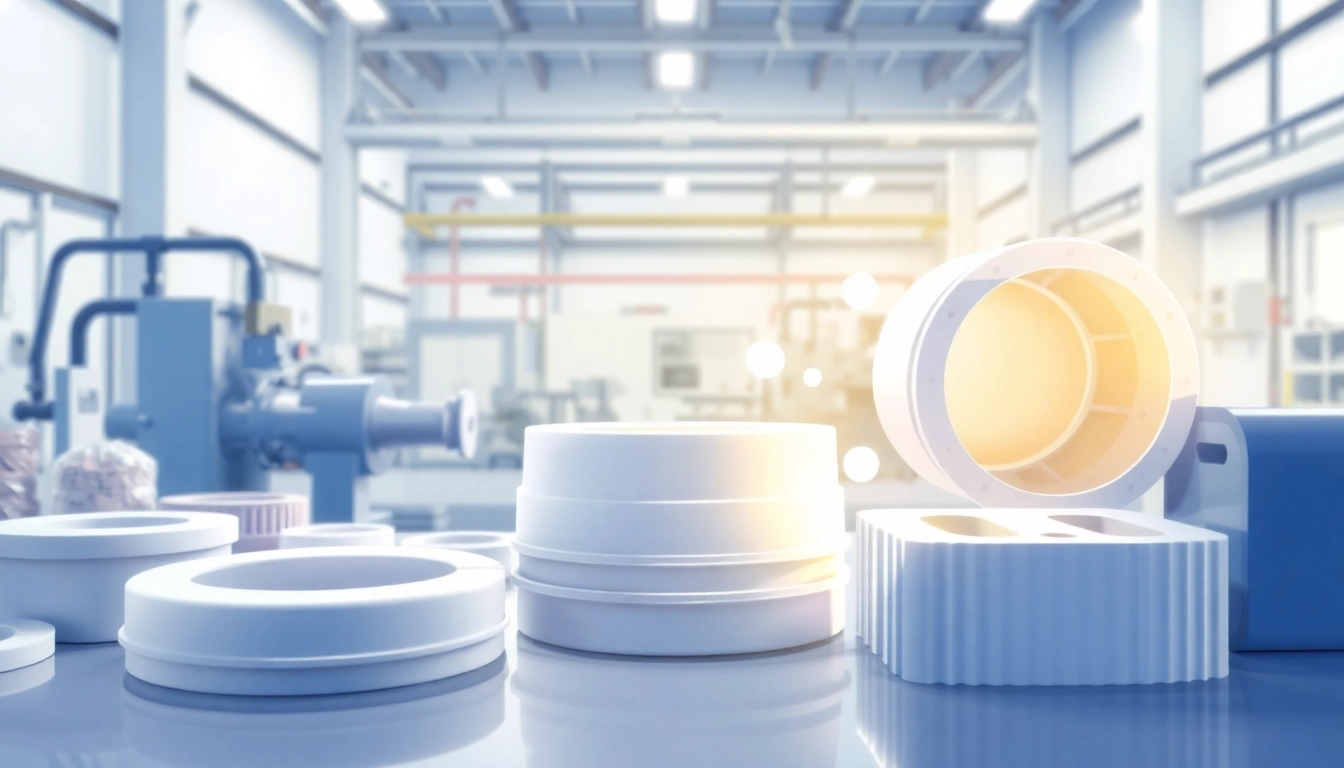
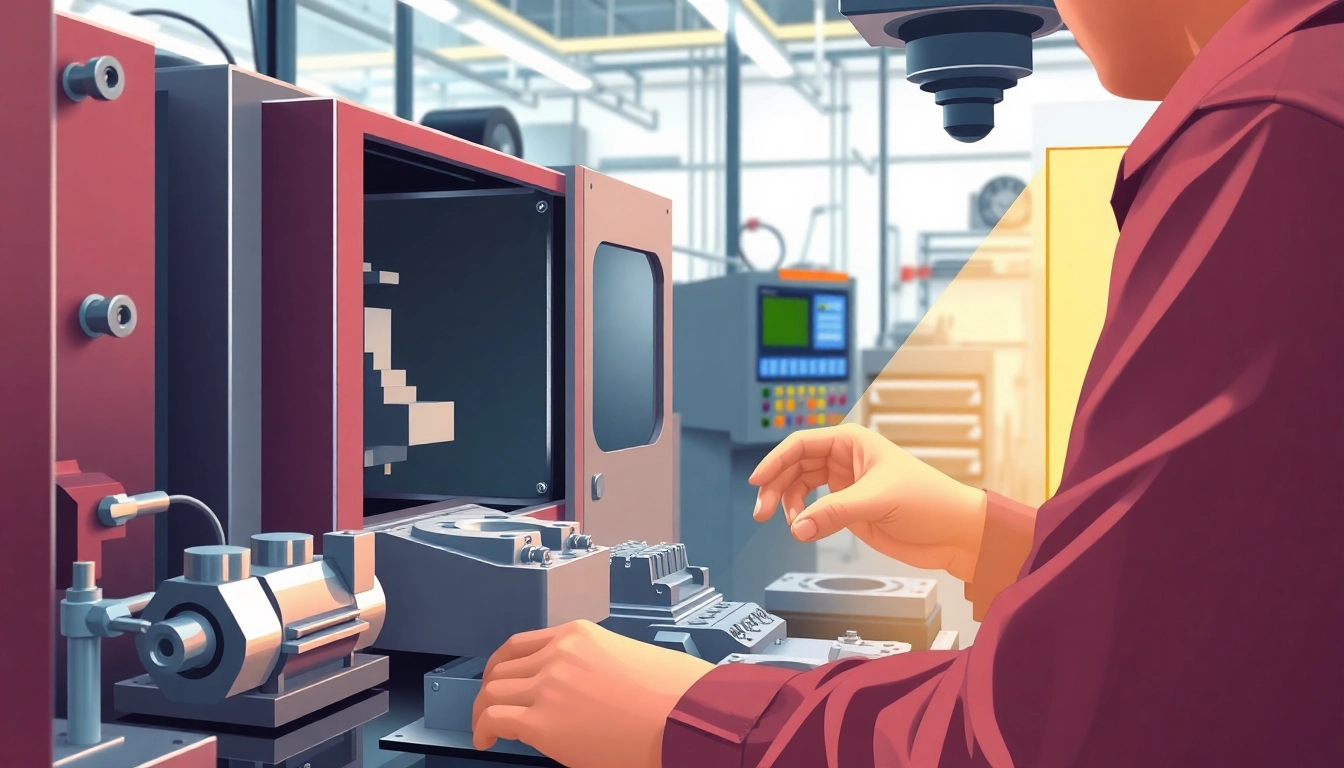
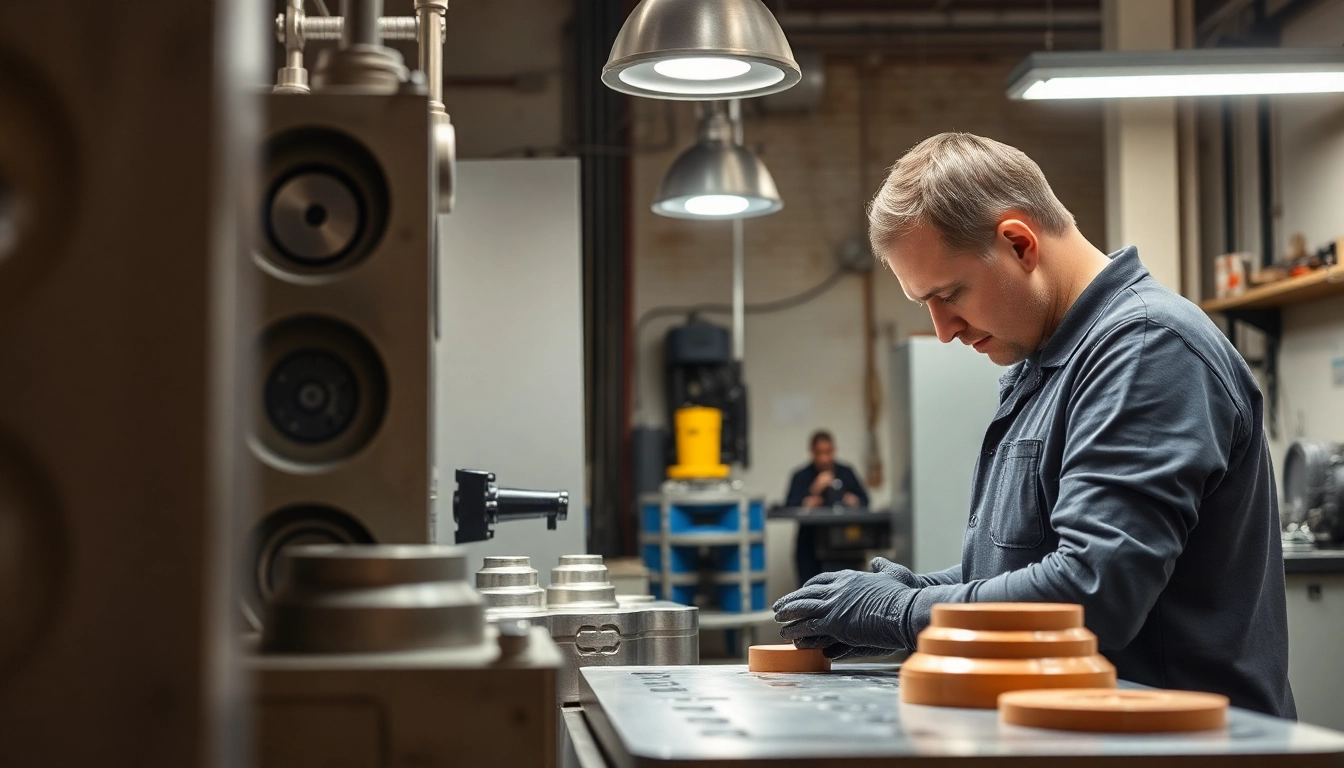
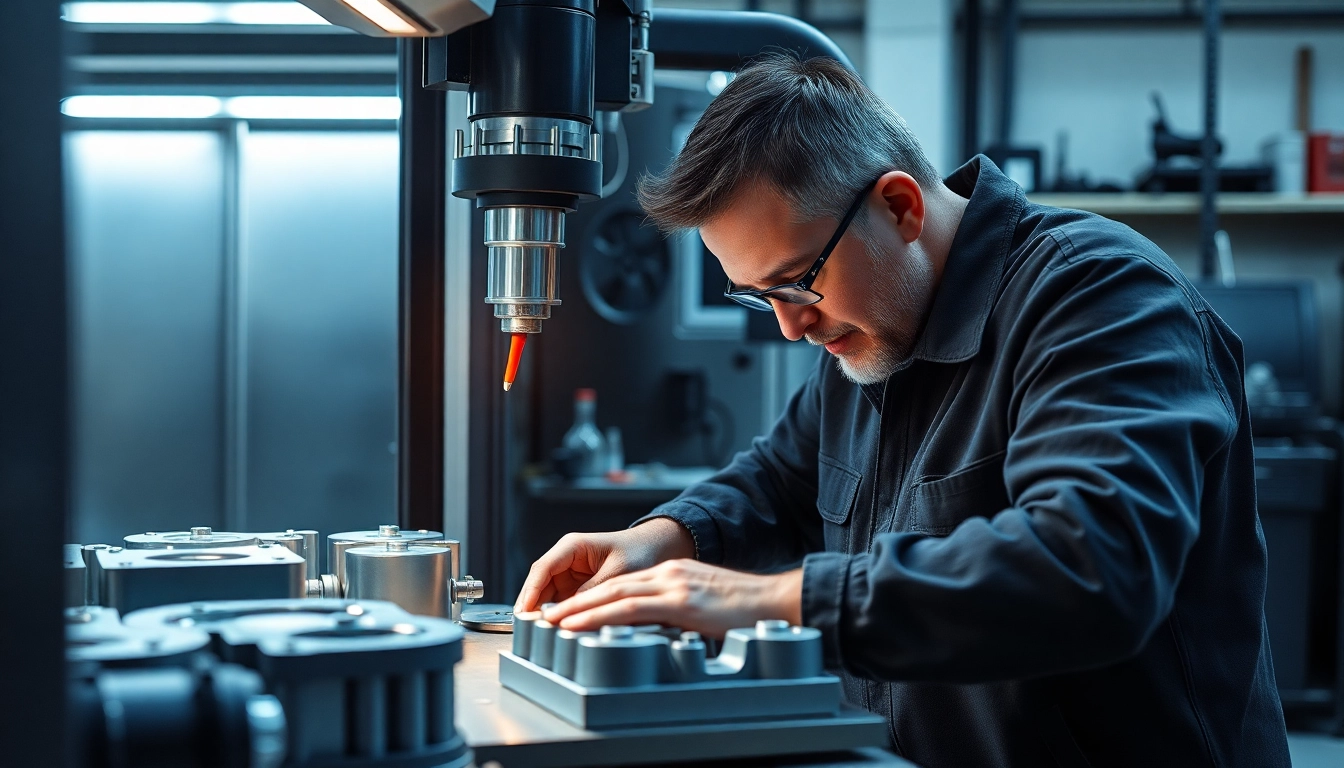
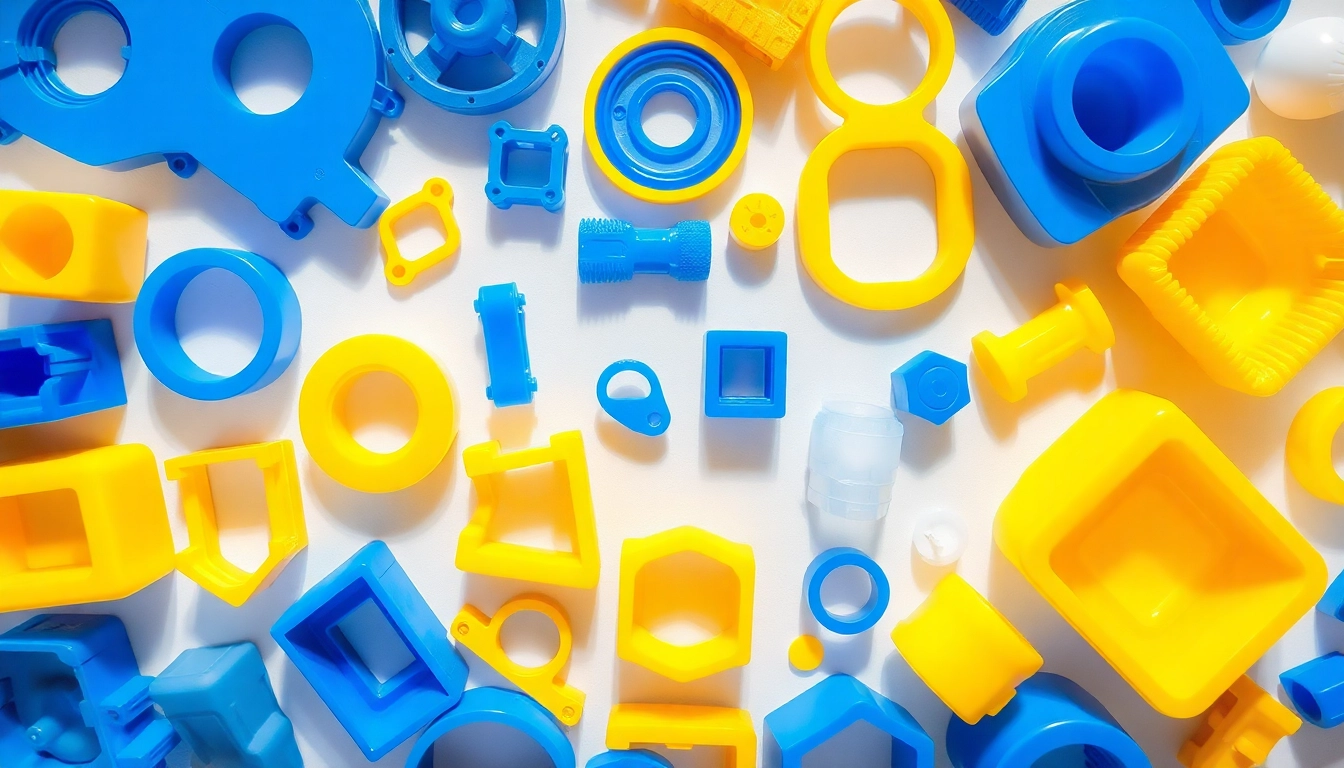

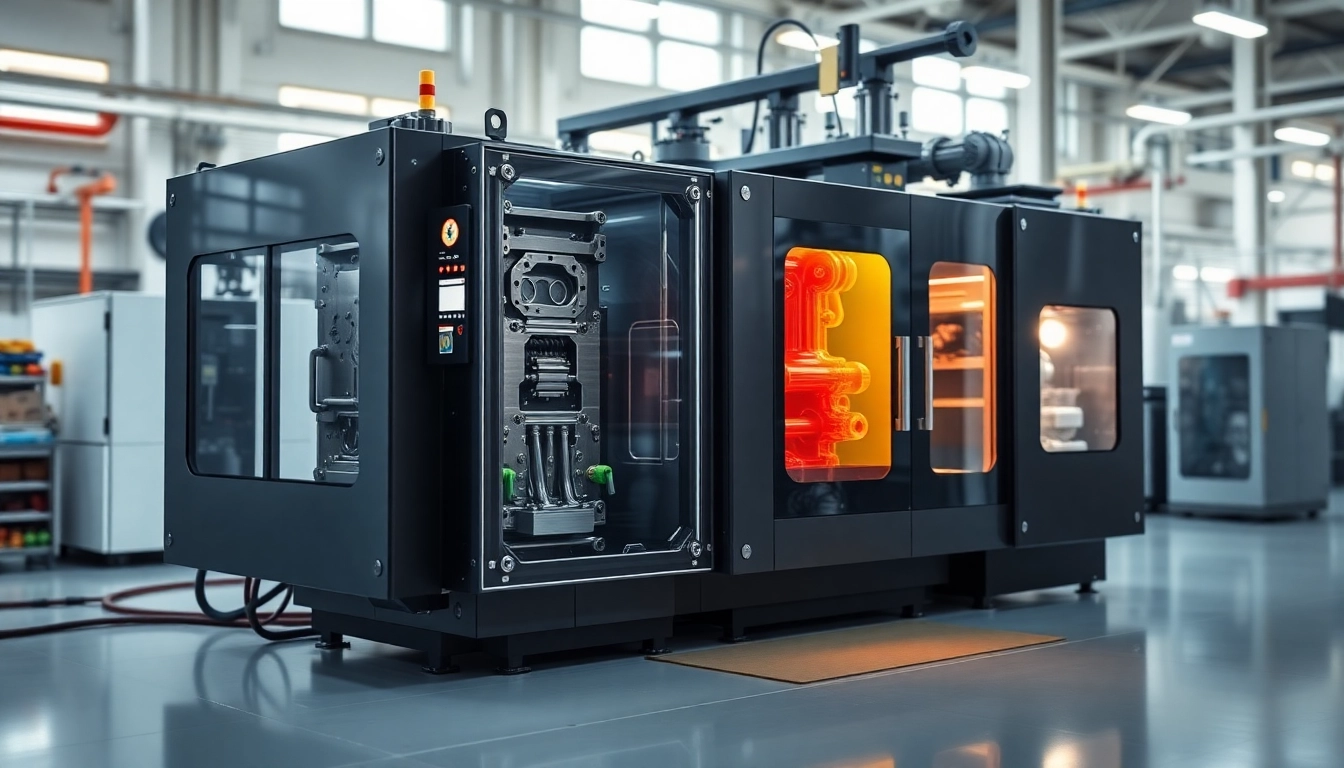
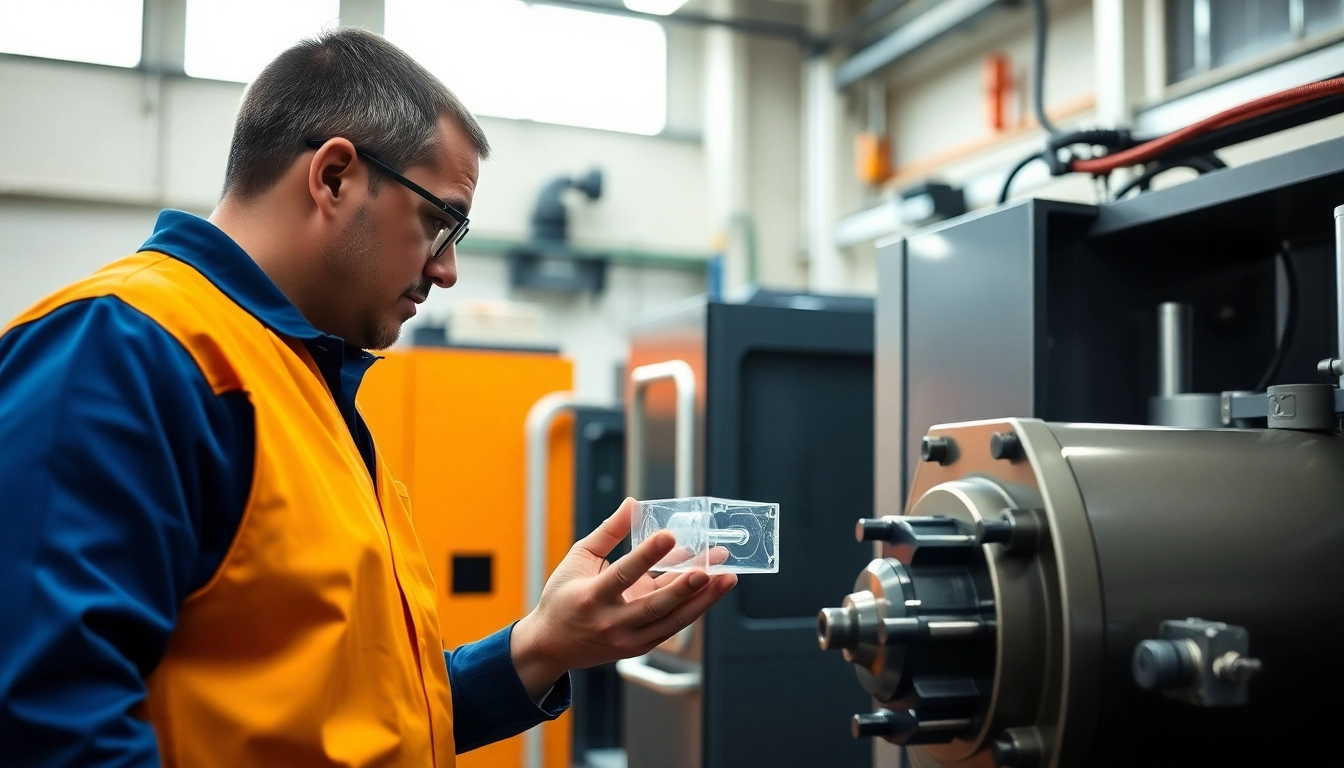
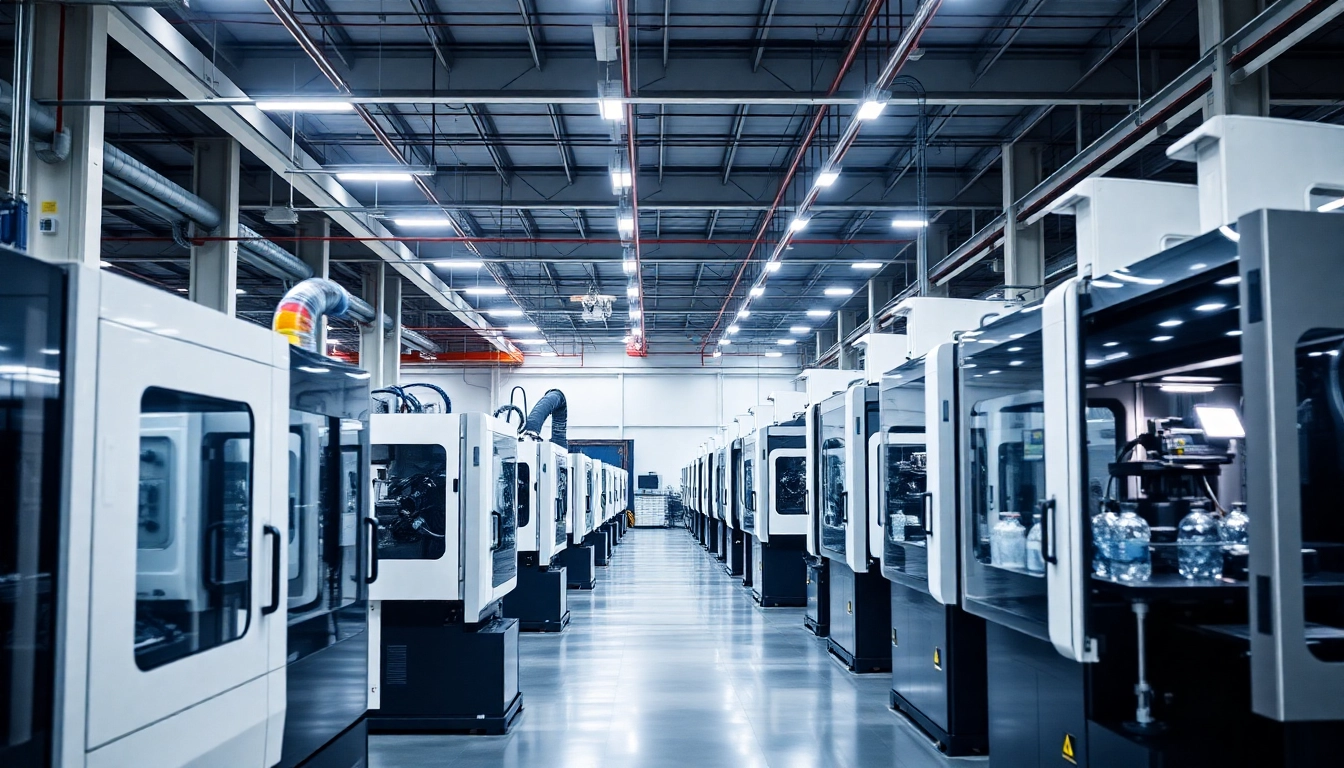




Leave a Reply